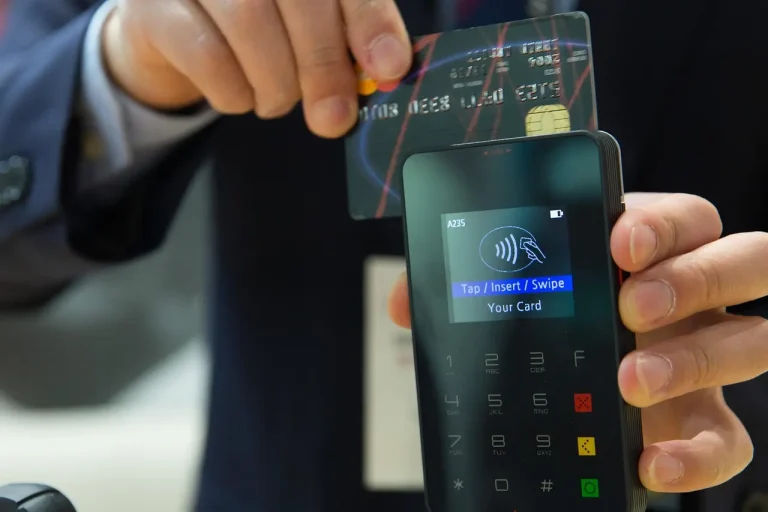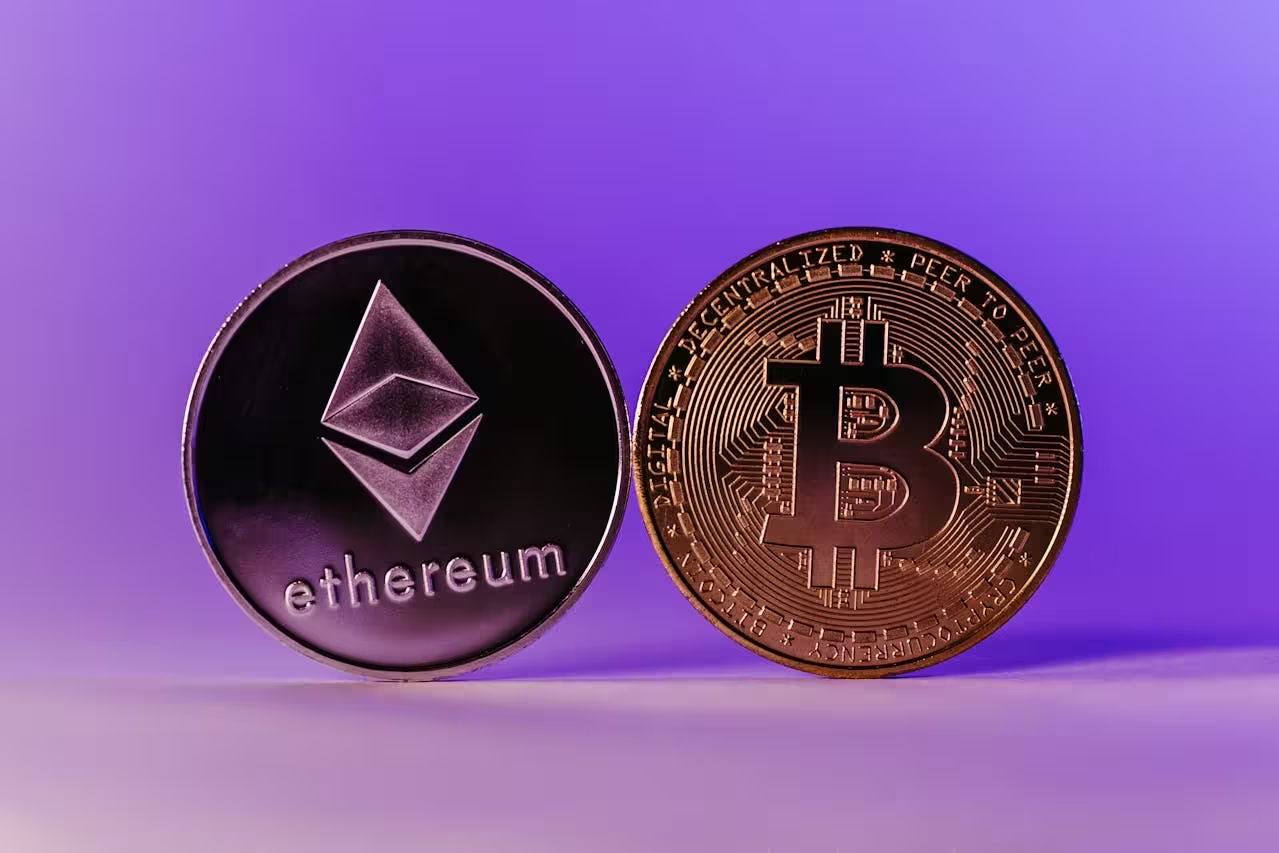How Gen Z pop culture shapes money mindsets in Southeast Asia
In the dynamic window of Southeast Asia’s cultural landscape, one thread stands out prominently: the influence of Generation Z and its symbiotic relationship with pop culture. As this vibrant generation comes of age, their impact extends beyond social media trends and fashion statements, reaching into financial literacy. In this post, we’ll explore how Gen Z pop culture shapes money mindsets in Southeast Asia, revolutionizing how young individuals approach personal finance.

Before delving into the impact of pop culture on financial literacy, it’s crucial to grasp the characteristics that define Generation Z.
Generation Z, typically defined as those born between the mid-to-late 1990s and the early 2010s is wielding considerable influence across various sectors, including finance, in Southeast Asia. Unlike their predecessors, Gen Zers have grown up in an era dominated by technology, social media, and instantaneous connectivity. This digital upbringing has endowed them with unique traits, such as a penchant for multitasking, a preference for authenticity, and a knack for traversing complex online ecosystems.
Pop culture has become a universal force in Gen Zers’ lives, influencing their attitudes and behaviors, including money-related ones. It permeates every aspect of their financial journey, from celebrity endorsements of financial products to memes about budgeting woes.
Studies have shown that young people are likelier to engage with financial content when it’s relatable and entertaining. This has led to the emergence of influencers and content creators who leverage pop culture references to deliver financial advice and insights in an engaging format.
The status of financial literacy in Southeast Asia
Southeast Asia, home to a mushrooming young population, presents both opportunities and challenges regarding financial literacy. While the region boasts rapid economic growth and increasing access to financial services, studies indicate that a significant portion of the population, particularly the youth, lacks basic financial knowledge and skills.
According to a survey by the Organisation for Economic Co-operation and Development (OECD), only 33% of 15-year-olds in the region possess basic financial literacy. This deficit impedes individual financial well-being and hampers broader economic development.
Moreover, did you also know that only 35% of Southeast Asian adults have a bank account, according to the World Bank? This highlights the need for improved financial education and awareness. In countries like Indonesia, Malaysia, and the Philippines, where a significant portion of the population is under 30, addressing the financial literacy gap among young people is crucial for promoting economic stability and prosperity.
The intersection of pop culture and financial literacy
Surprisingly, pop culture has emerged as a catalyst for fostering financial literacy among Gen Zers in Southeast Asia. From personal finance TikTok influencers sharing budgeting tips to YouTube channels demystifying investment strategies, digital platforms are increasingly becoming hubs for financial education disguised as entertainment.
What’s more, the relatable nature of pop culture content resonates with Gen Zers, making complex financial concepts more accessible and engaging. Whether through meme-inspired infographics or catchy rap songs about saving money, creators are leveraging pop culture elements to break down barriers to financial literacy.

The role of fintech solutions in financial education
Another factor driving the intersection of pop culture and financial literacy is the proliferation of fintech solutions tailored to Gen Z preferences. Mobile banking apps with user-friendly interfaces, gamified investment platforms, and digital wallets integrated with social features are revolutionizing how young individuals manage their finances.
In Southeast Asia, where smartphone penetration rates are among the highest globally, these fintech innovations are bridging the gap between pop culture consumption and financial empowerment. For instance, apps like GrabPay and GoPay have seamlessly integrated into the daily lives of Gen Zers, promoting financial inclusion and literacy.
Challenges and opportunities
Challenges persist despite the positive strides in leveraging pop culture for financial literacy. The transient nature of pop culture trends necessitates continuous adaptation and innovation in financial education efforts. Moreover, adding misinformation on social media platforms accentuates the importance of promoting critical thinking skills alongside financial knowledge.
Nevertheless, the fusion of pop culture and financial literacy presents immense opportunities for empowering the next generation in Southeast Asia. By harnessing the influence of pop culture icons and digital platforms, stakeholders can cultivate a culture of financial responsibility and resilience among Gen Zers, laying the groundwork for a more financially literate society.
Ultimately, the synergy between pop culture and financial literacy represents a radical change in how we approach financial education, particularly in the context of Southeast Asia’s youthful demographic. As we look toward the future, educators, policymakers, and industry players must harness the power of pop culture as a catalyst for fostering financial empowerment and inclusive growth.






